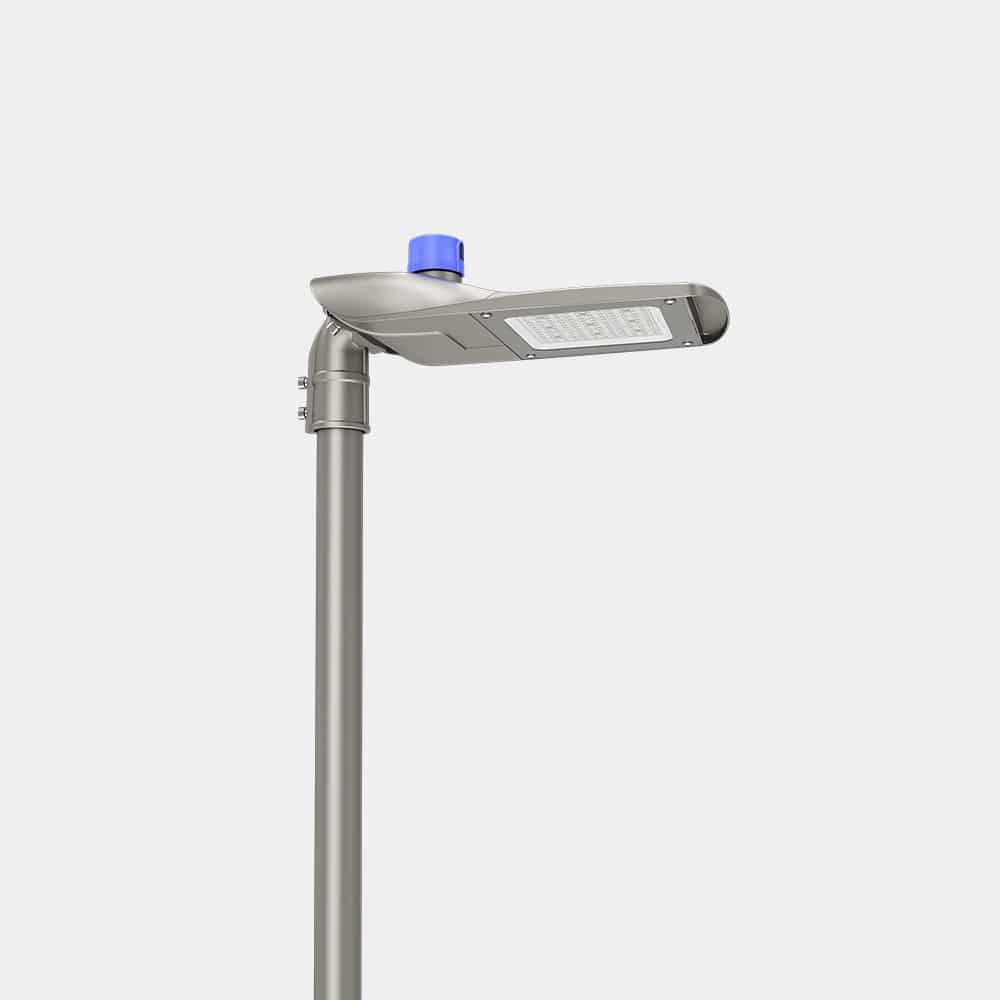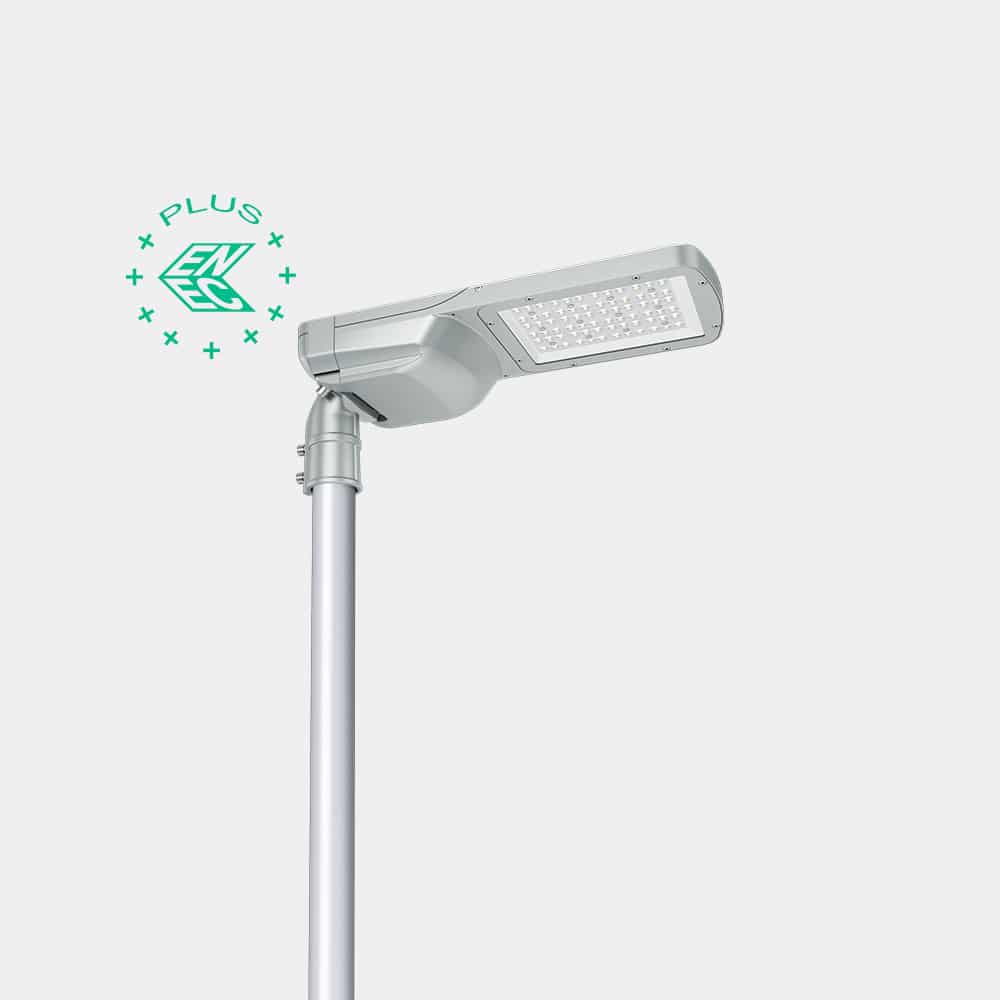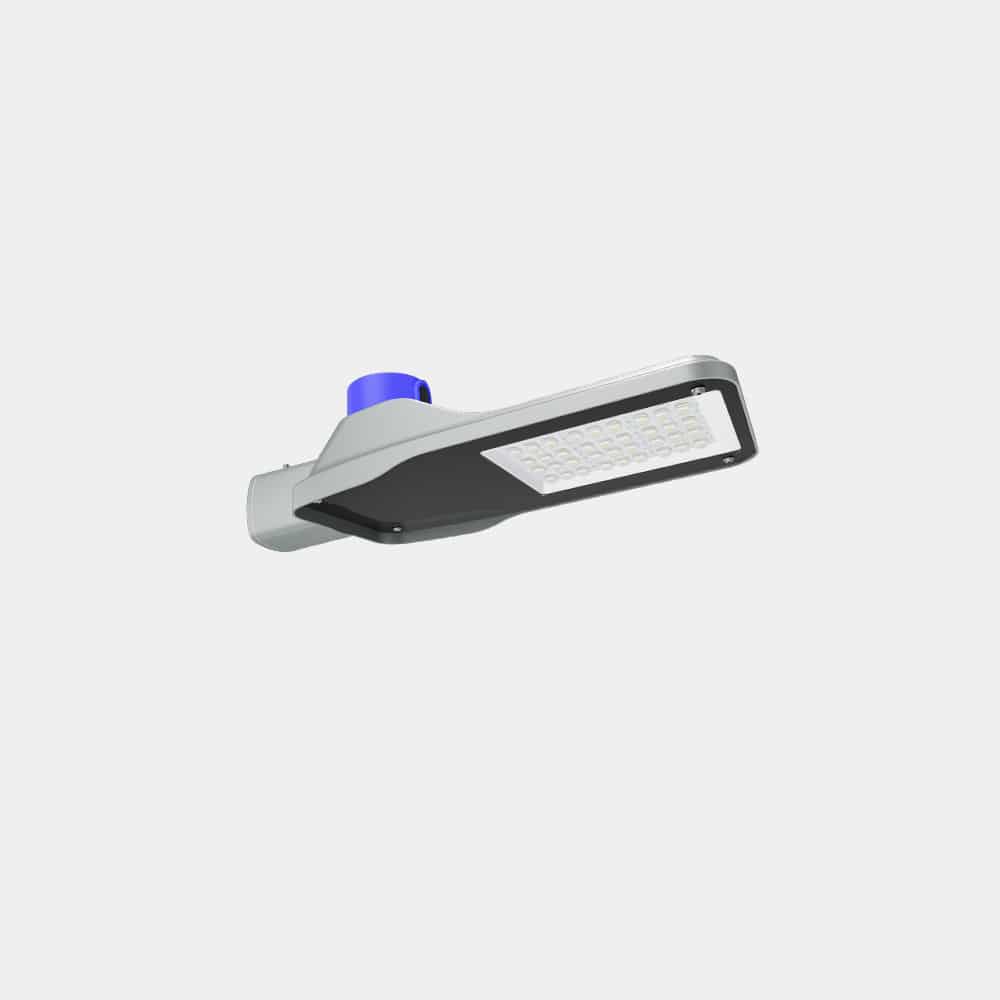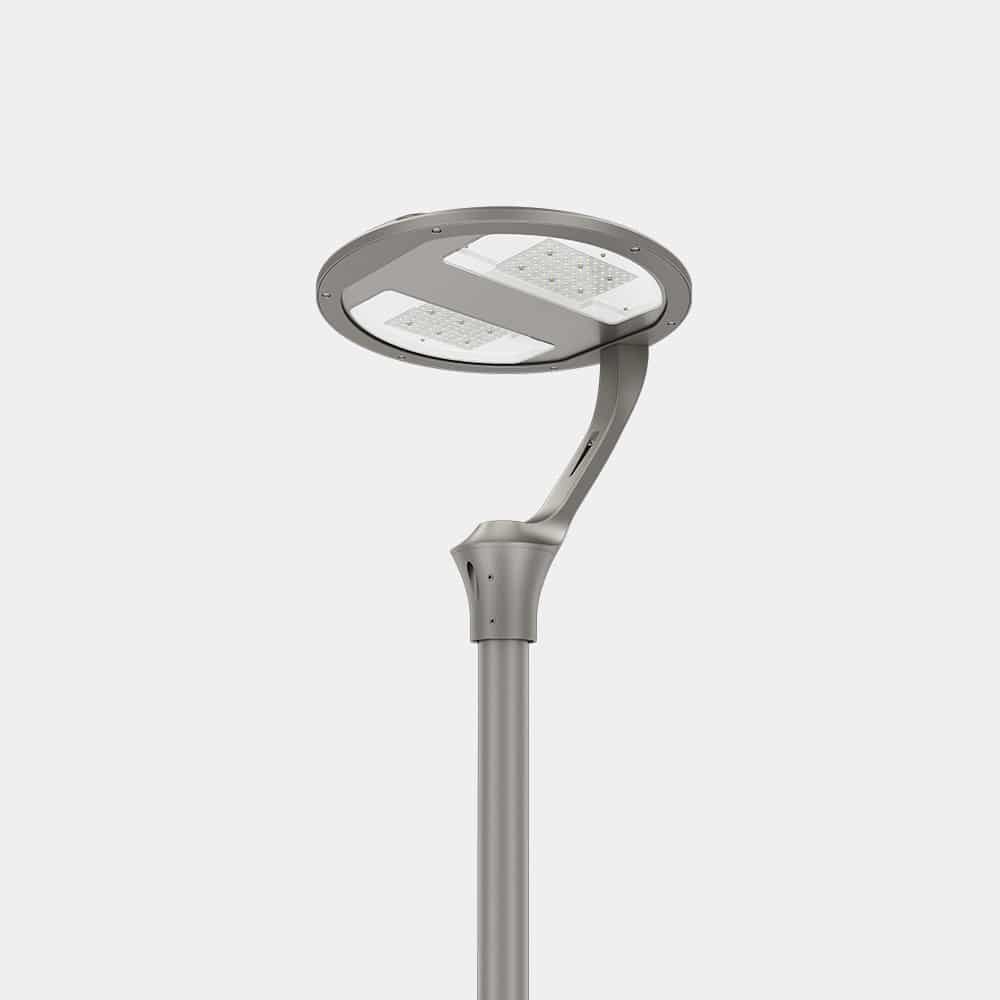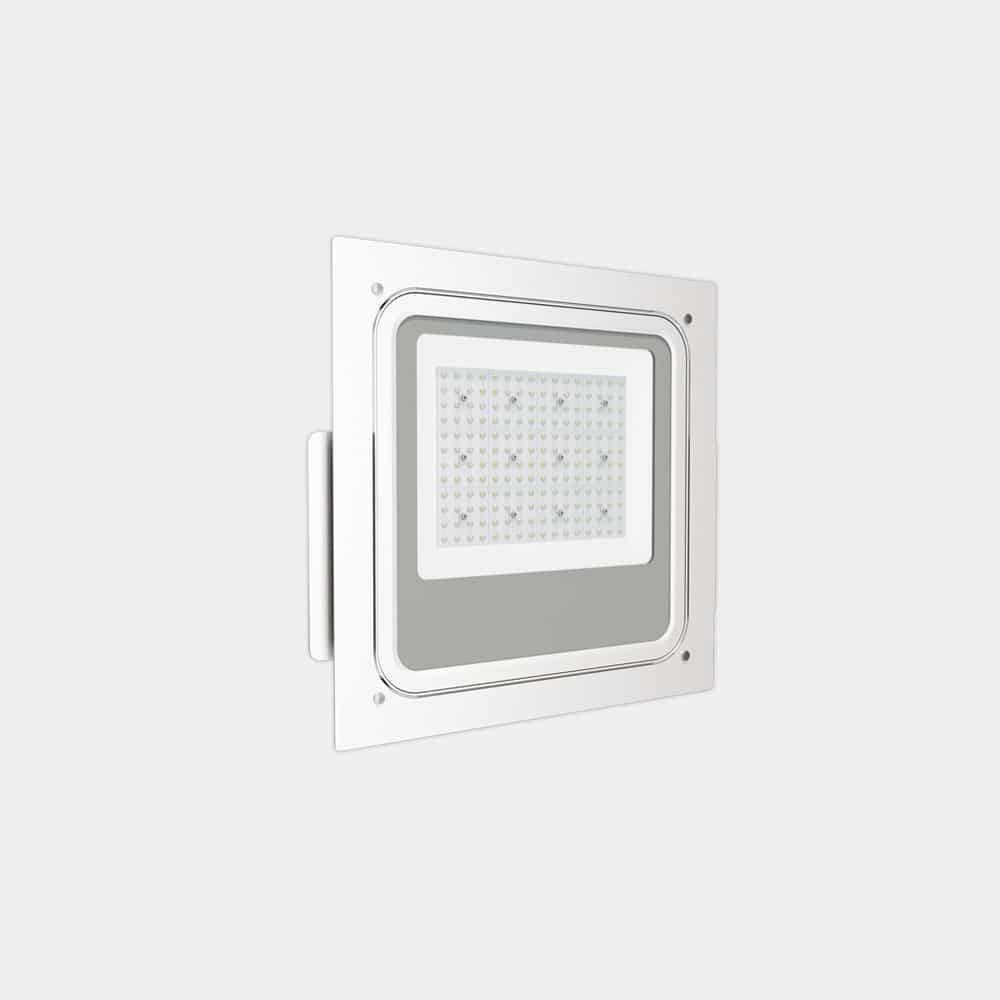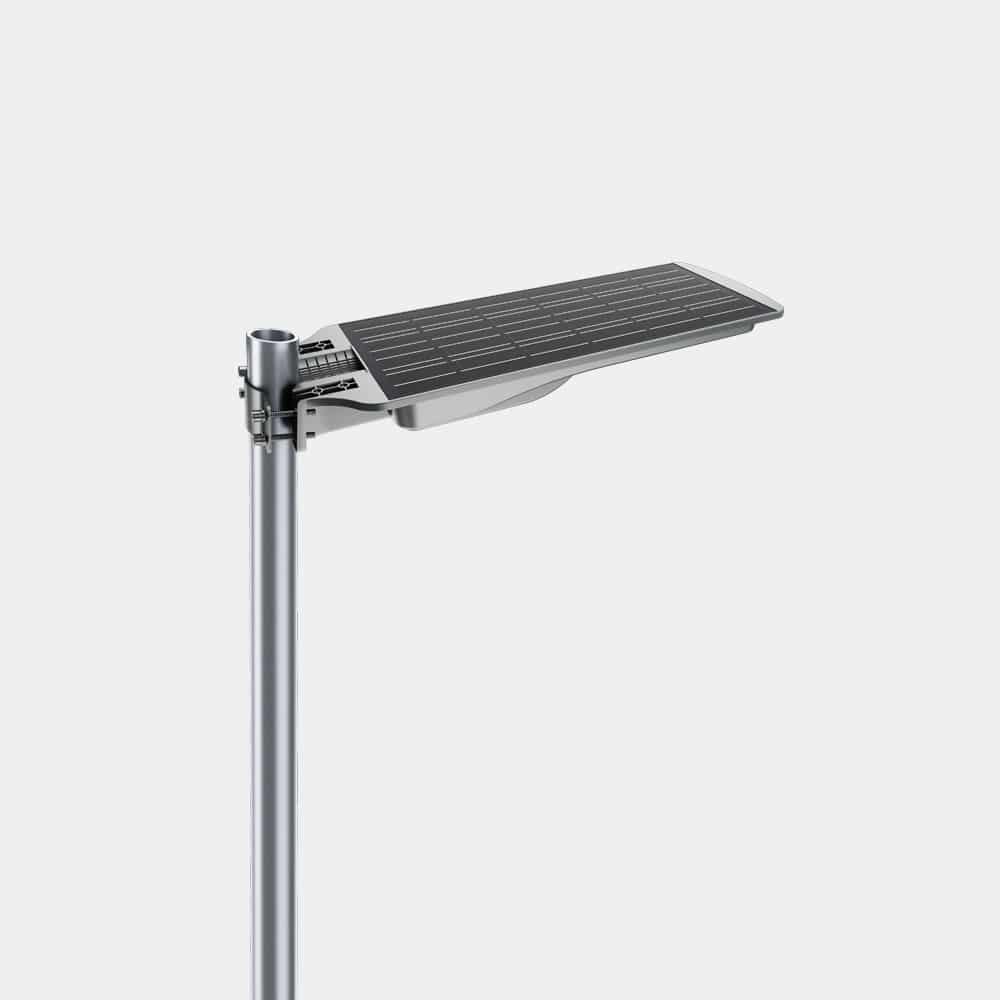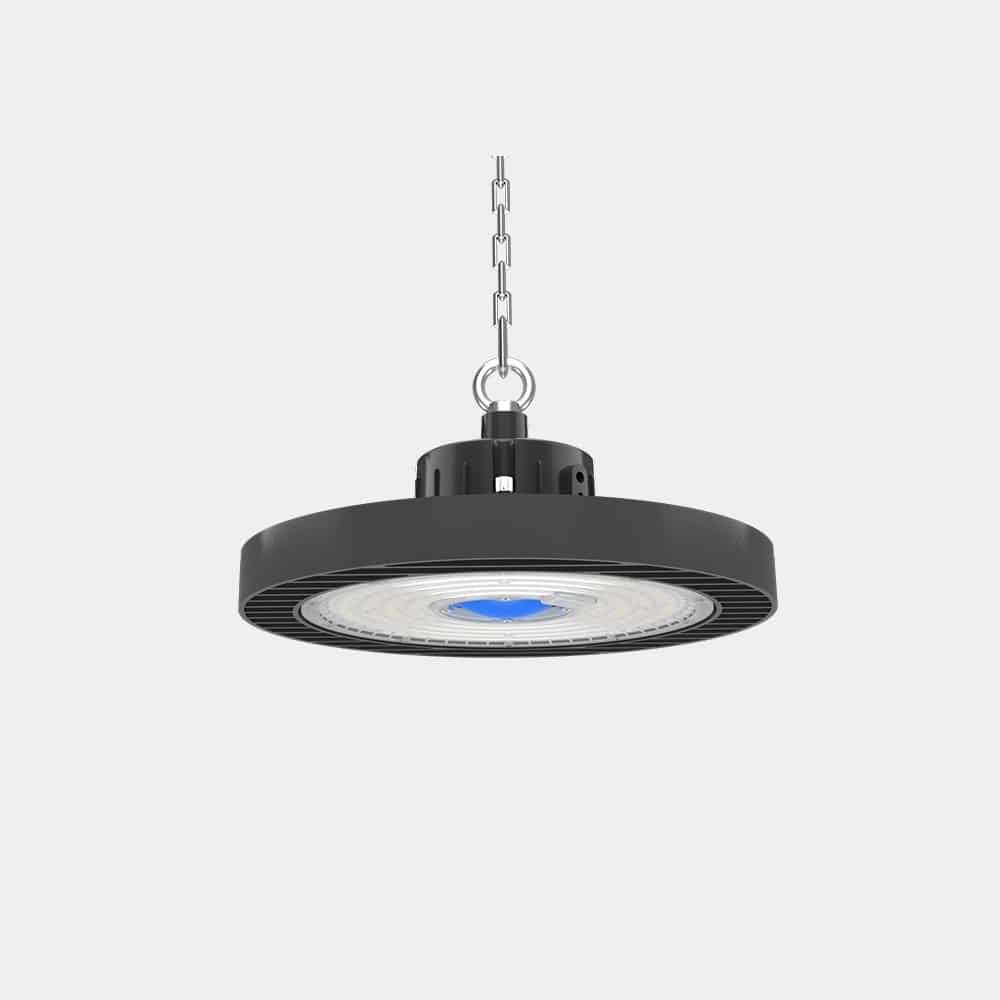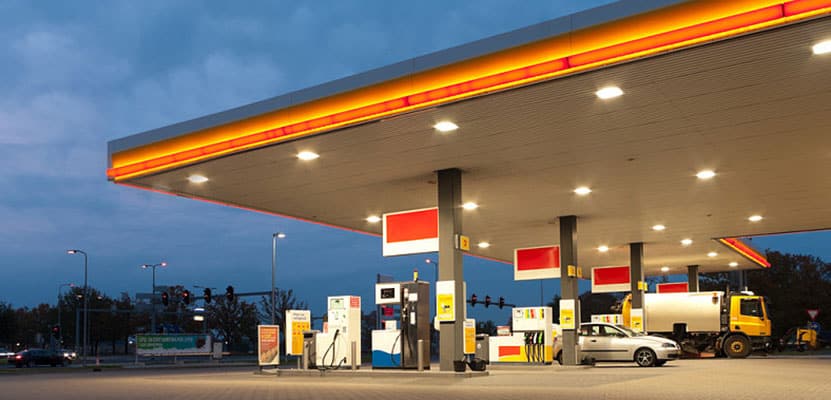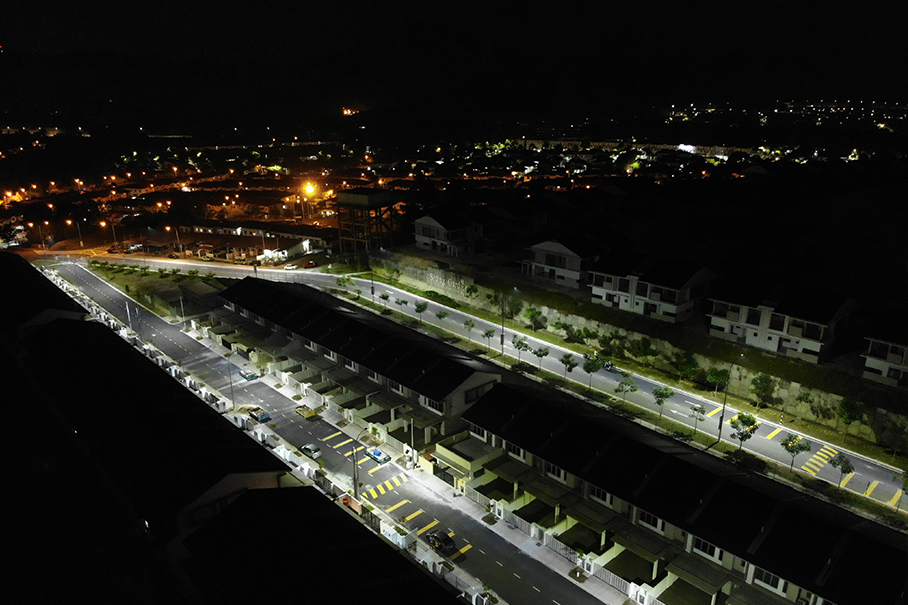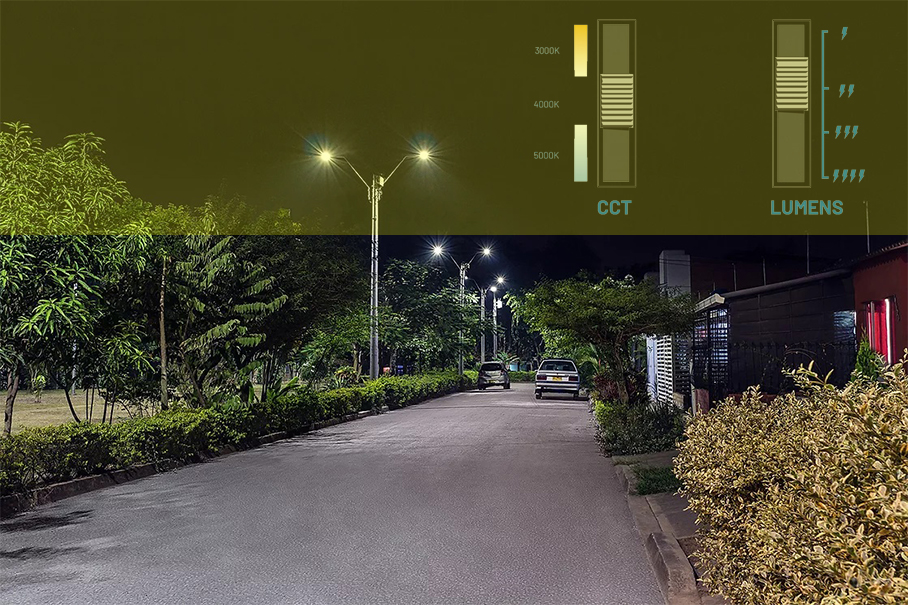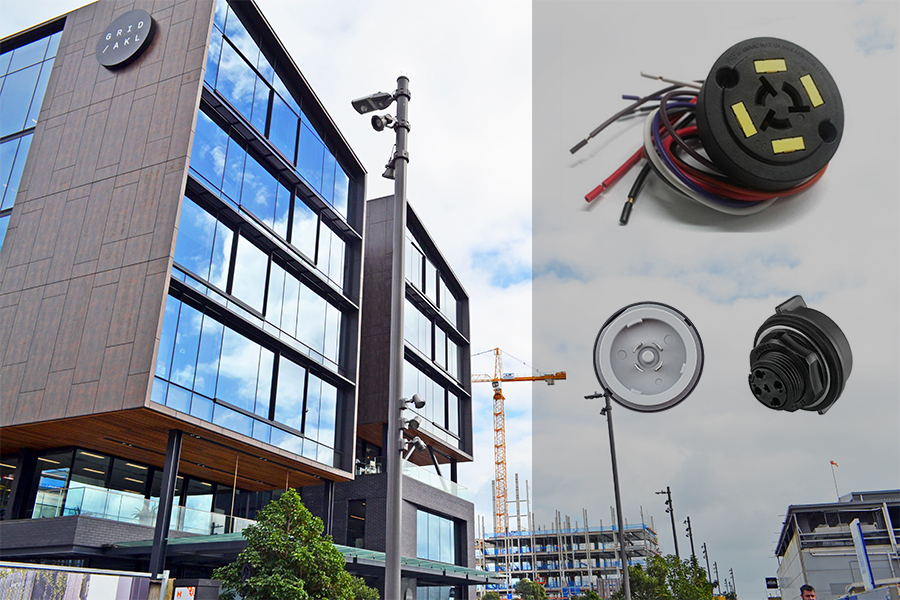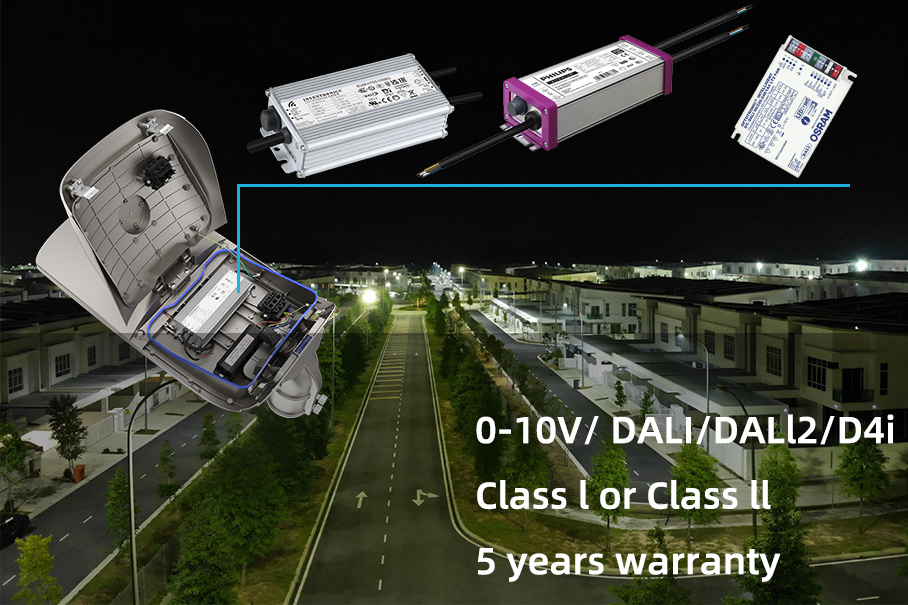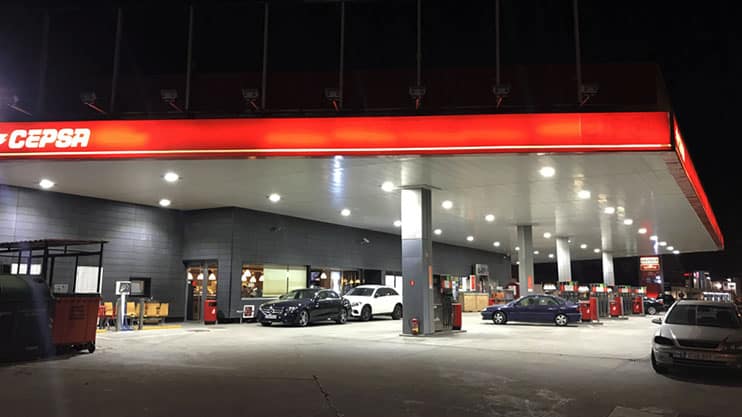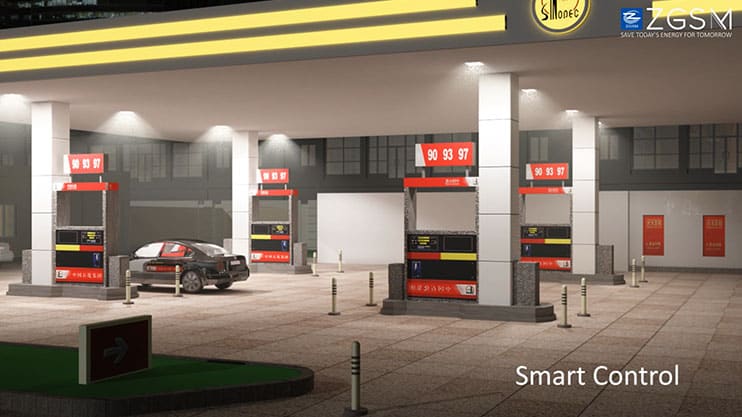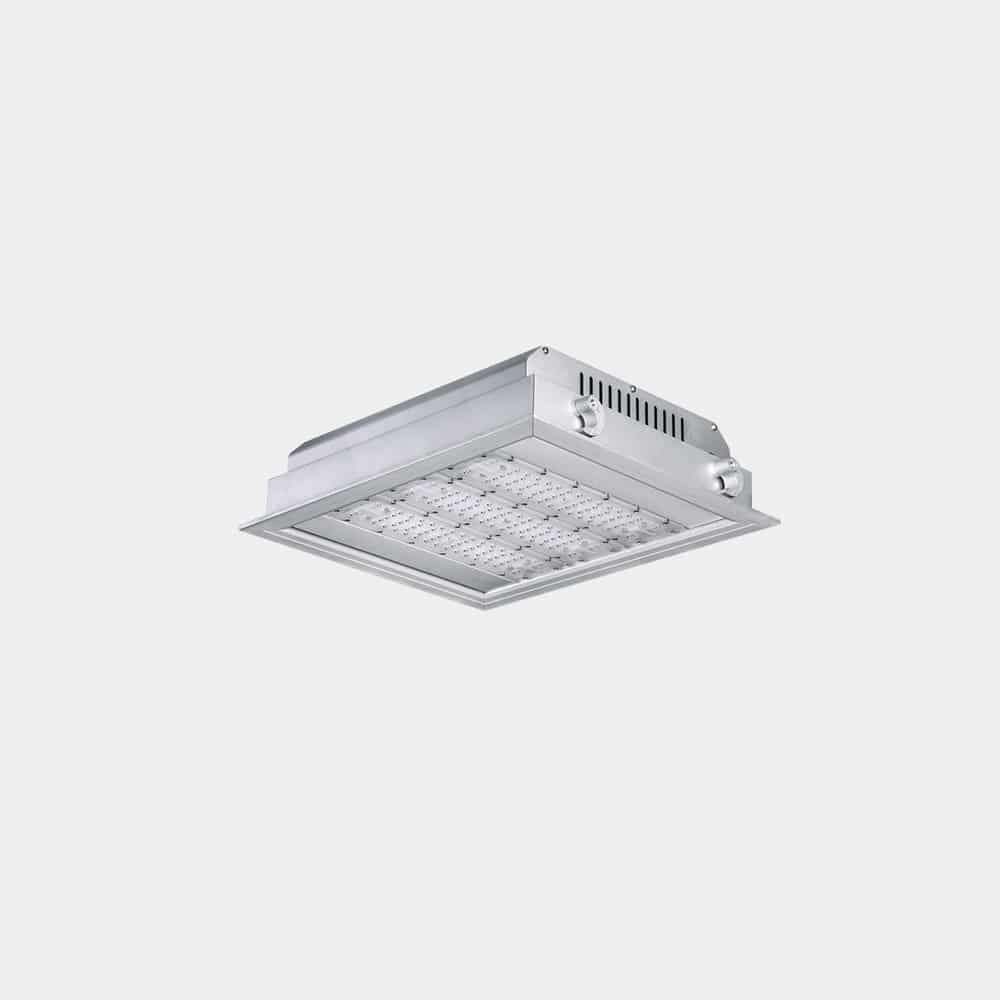LED lifetime – L70 rating or LxBy rating

Taylor
Introduction
If you notice that a light fixture suddenly stops working(failure of LED driver or LED chips) on one day, it means that the light fixture has exhausted its lifespan. Or after using it for a period of time, you feel that the light becomes dim. At this time, it may be time to consider replacing a new lamp. These moments are considered to be signs of the life of the lamp. However, these time nodes will be affected by many factors such as the quality of the lamp itself, daily lighting hours, number of switches, usage environment (temperature), etc. Therefore, it is necessary to give a detailed introduction to the lifetime of LEDs and lamps. This article aims to clarify the definition of LED lifetime, including terms such as L70 and LxxByy of LED chips, as well as L70 of LED lamps. At the same time, we will also introduce the lifespan of LED lamps and the advantages of long life.
Lamp life definition
Generally speaking, the life of a lamp refers to the point in time when the lamp cannot provide illumination or its lighting effect weakens and cannot meet the lighting needs. For example, when your lamp suddenly loses its brightness after two years of use, or the light becomes dim after a period of use and cannot meet the needs of reading, working or driving(street lighting), the life of the lamp can be considered to have ended. However, this point in time is difficult to accurately calculate or count.
So, is there a way to estimate or test the LED lifetime or lamp’s lifetime? The answer is yes. In the LED industry, the light output of the lamp is generally reduced to 70% of the original output as the time point to define the life of the lamp. This time is usually measured in hours (h), that is, after this time, the lamp is considered to be unable to meet the lighting requirements. Therefore, you may often hear descriptions similar to L70>50000 hours, L90>50000 hours or L70>100000 hours. For example, when a supplier’s lamp claims that its L70>100000hrs, it means that after 100000 hours of use, the luminous flux of the lamp can still reach 70% of its initial luminous flux. The light decay curves of LED chips at different temperatures (below) show that at 105°C, the luminous flux dropped to 95% after 11,000 hours. Through extrapolation, the L70 time point can be calculated.
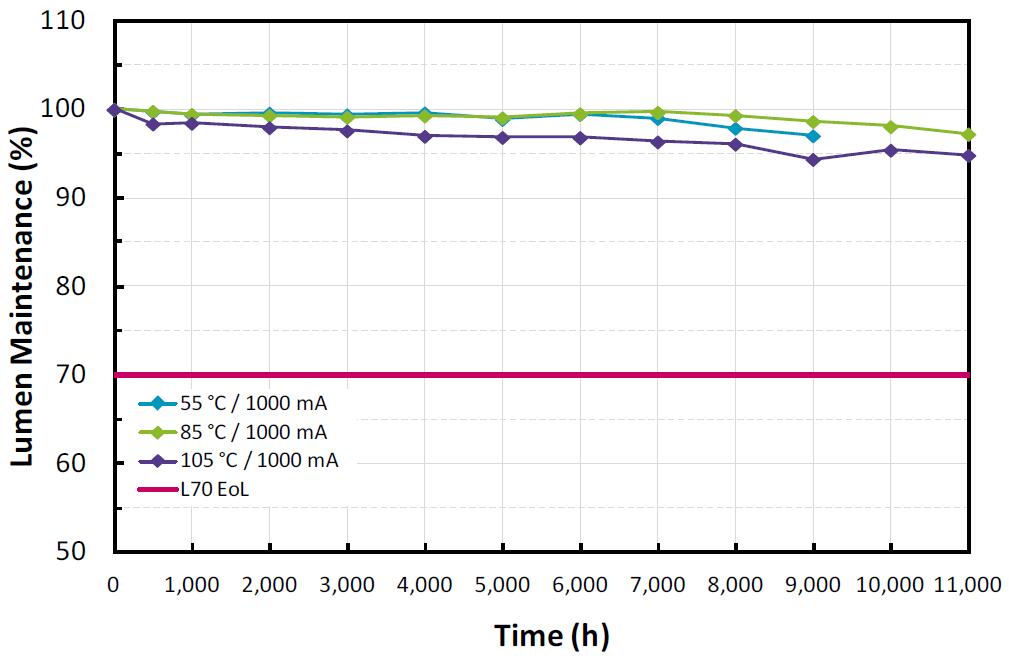
What’s the L70 rating of LEDs?
LED chips are the light source part of LED lamps, and their impact on the life of lamps is the most significant. During the use of LED chips, their luminous flux will gradually decrease, resulting in a weakening of the luminous flux of the entire lamp. In the specification of LED chips, it is common to see that the light decay curves of the same model of LED chips are different under different temperatures and driving currents. Normally, when the temperature and driving current increase, the light decay rate of LED chips will also increase, that is, the slope of the L70 curve will increase, indicating that the light decay phenomenon is more obvious. When the luminous flux of the LED chip is only 70% of the initial use, this does not mean that the LED chip will stop working completely, but it means that the light output is reduced by 30% relative to the initial light output, which may cause the light to become dim or unable to function or cannot meet original lighting needs.
In order to make it easier for everyone to understand L70, we use a few simple illustrations to explain how L70 came about. Each dot in the figure represents a LED chip, the number in the dot represents the luminous flux of the LED chips, and 100 represents 100% of the initial luminous flux. In the initial stage of the test, all lamp beads showed 100% luminous flux. After a period of testing (for example, 25,000 hours), some of the LED chips dropped to 96%, and some even dropped to 90% or 84%. Through data summary, we found that after 25,000 hours, the average luminous flux of the LED chip is 90% of the initial value, that is, L90=25,000 hours. After a period of testing (for example, 50,000hrs), the light attenuation of the LED chips became more obvious. Some LED chips dropped to 86, while others dropped to a lot such as 80% and 74%, that is, L80=50,000hrs. Finally, we calculated through curve fitting that L70=100,000hrs.
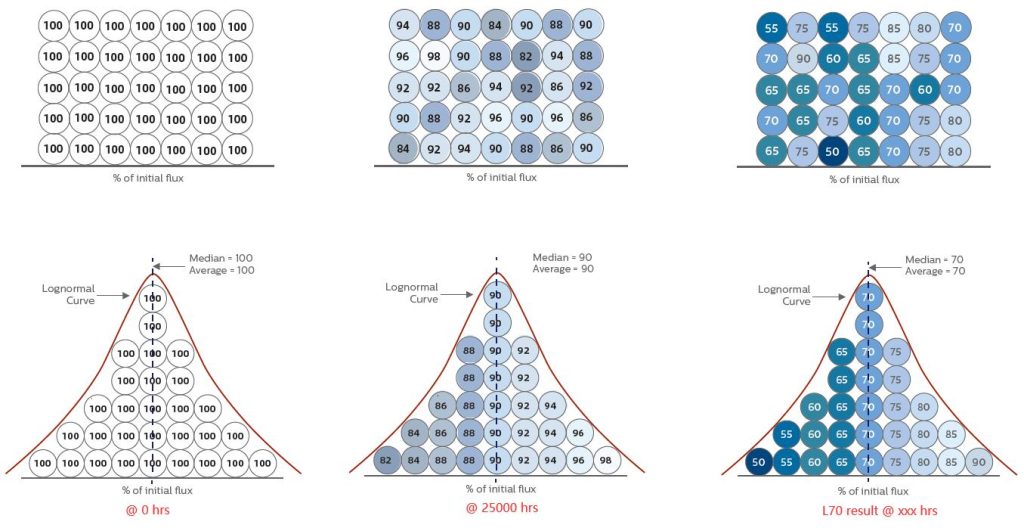
What’s the LxBy rating of LEDs?
L70 actually evolved from LxBy. What’s going on? In EN62717:2019 and EN62722:2016, there are detailed descriptions of LED modules and lamp lifetime. For example, in EN62717, the content mainly includes the wattage, luminous flux, light distribution and color characteristics of the LED module, and also emphasizes the life of the LED module. The life span mainly explains two light decay phenomena: gradual light output degradation and abrupt light output degradation. Here we mainly discuss the former.
The length of time until a percentage y of the working LED module’s chips reach gradual light output degradation of a percentage x is called the service life (or “LxBy life”), usually expressed as LxBy. Here, x means that the LED will have x% of its initial brightness, and y means that y% of the LEDs failed to maintain above x% of their initial brightness. LED products with light output below the required flux maintenance factor x are said to be flux degraded because they produce less light but still operate. “LxB10 lifetime” is the time at which 10% of the product undergoes flux degradation. The age at which 50% of the LED module’s luminous flux attenuates, that is, the “LxB50 life”, is called the “median service life”, also expressed as Lx. For example, L80B10=50000 hours should be understood as the time when 90% of the LEDs emit no less than 80% of their initial value of luminous flux after working at a given ambient temperature for 50000 hours, which means that 10% of the LEDs emit The luminous flux is lower than 80% of the initial value. For another example, L70=100000 hours, that is, L70B50=100000 hours. When operating at a given ambient temperature, the time when 50% of the LEDs emit luminous flux is not less than 70% of its initial value is 100000 hours.
Lifetime of LED lamps
In the L70 part of the LED chips, we mentioned that LED chips have different light decay curves at different currents and temperatures. In general, as the temperature increases or the driving current increases, the light attenuation will increase. The life of the lamp mainly depends on the LED lifetime. Therefore, to determine the life of the lamp, it is necessary to understand the working current and operating temperature of the LED chips in the lamp. The testing agency can conduct relevant tests. By viewing the ISTMT (Thermal characteristics test of LED modules and luminaires) report, we can obtain data such as the operating current and temperature of the LED chips. In many cases, lamp manufacturers will mistake Ts temperature for Tj temperature, but strictly speaking this is unreasonable. It is generally believed that Tj = TS + PHeat* Rth JS real (due to space limitations, we will not elaborate). We compare the Tj temperature and current with the light decay curve of the LED chips, and select the L70 curve of the LED chip with a higher Tj temperature and drive current to calculate the L70 result of the lamp. For example, we get that the Tj temperature of our Falcon streetlight is 75℃ and the current is 85mA. By comparing the curves of the LED chips at 85℃ and 100mA, we can calculate the life span L70=xxxhrs.
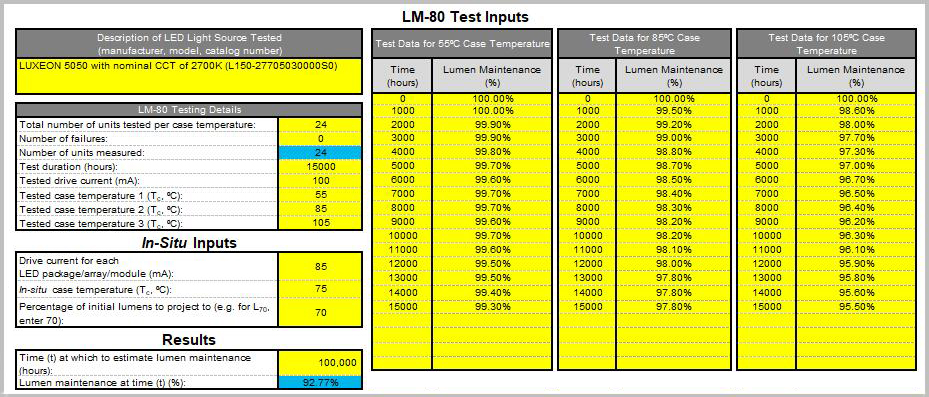
Benefits of long lifetime
The better the L70 result, the slower the light decay of the LED lamp(long LED lifetime). It naturally has many benefits, including the following:
High maintenance factor to meet project requirements with low wattage
In the LED industry, lighting simulations are often required to confirm whether the wattage, lens and arrangement of lamps meet project requirements. During the design stage, one concept we need to confirm is the “maintenance factor”. Usually we will take 0.8 as this value. If the light attenuation of your lamp is smaller, the value can be larger, for example, you can choose 0.9 or even 0.95 for sports lighting. For example, consider the lighting needs of a road. After calculation, a 50W lamp (L80=50,000 hours) is needed to meet the project cycle (for example, 50,000 hours). However, if you use lamps with lower light attenuation, such as lamps with L80=100000 hours, you may only need 45W to meet the requirements after recalculation. This is because the value of the maintenance factor increases from 0.8 to 0.9 at this time. Considering that the light attenuation rate of the lamp is lower, the same lighting effect can be achieved with a lower wattage.
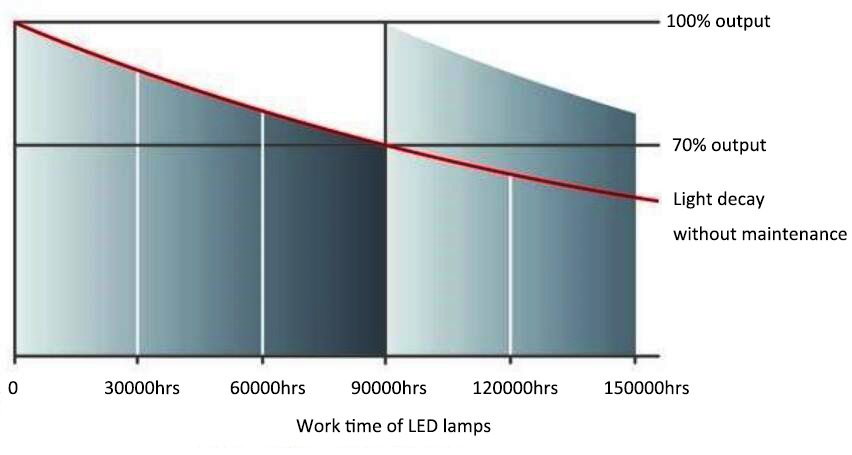
Reduce maintenance or replacement costs
The long life of LED lamps reduces the frequency of replacement, reduces labor and material costs, and also reduces waste generation. In addition, LEDs are known for their high-efficiency properties, and light decay means that LED luminaires can provide high-quality lighting with lower energy consumption throughout their life cycle, further reducing energy bills. All these aspects are very beneficial to environmental protection.
Improve lighting
Long-life LED fixtures are known for their high reliability and stability. Its careful design and optimization ensure long-lasting light output, reducing the risk of failure and light decay. This is crucial in places where lighting is required for long periods of time, such as streets, public areas, parking lots or industrial sites. LED lamps can maintain stable light output and color temperature throughout their life cycle and do not decay as quickly as traditional lamps, thereby improving lighting quality. This stability means LEDs can provide more consistent and high-quality lighting effects during use, thereby improving comfort and productivity.
ZGSM LED lightings with Long lED lifetime
All ZGSM lamps perform very well in terms of long LED lifetime. We can provide customers with life-related reports, such as LM80, ISTMT, TM21, LxBy, IEC62717, IEC62722 and LM84, etc. If you have any questions about these reports, please contact ZGSM and we will answer your questions. The following are ZGSM’s LED products, including street lights, floodlights, stadium lights, gas station lights and solar street lights. If interested, please refer to it.
Summary
It is very important to discuss the lifetime(LED lifetime and luminaire’s lifetime), because long-life lamps can reduce the frequency of replacement, thereby reducing maintenance costs, which is of great significance for road lighting and other outdoor lighting. At the same time, understanding the relevant knowledge can help determine whether the lamp meets the needs of a specific project. This article primarily defines lamp life, including L70 and LxxByy results/reports of LEDs, and explains their application in calculating the L70 of a lamp. Normally, the theoretical result of ZGSM’s street light L70 is about 100,000 hours, that is, if our lamp is lit for 12 hours a day, this lamp can still maintain a light output level of 70% after 20 years. This is an important advantage of LED fixtures over other fixtures. By learning the relevant knowledge, one can discern which L70 results are reasonable. For example, it would be unreasonable for a fixture to have a light output that dropped to 98% after 5,000 hours but still claim an L90 of over 100,000 hours. If you are interested in LED lifetime or long life lamps, please feel free to contact us.
FAQ
Related Posts
Guide for canopy light with battery backup
Tags:
Author

Taylor
Sales Engineer
I am Taylor, with 10 years of experience in lighting sales. Throughout my career, I have developed a deep understanding of the lighting industry and its products. My expertise lies in building strong relationships with clients, understanding their needs, and providing tailored lighting solutions that align with their requirements.
